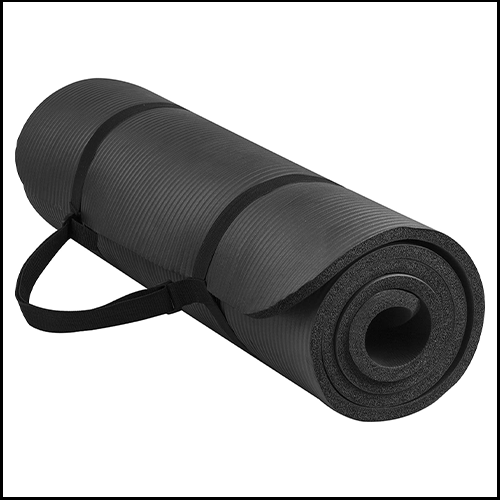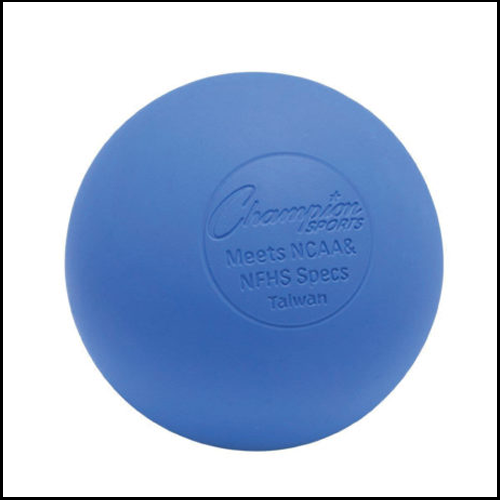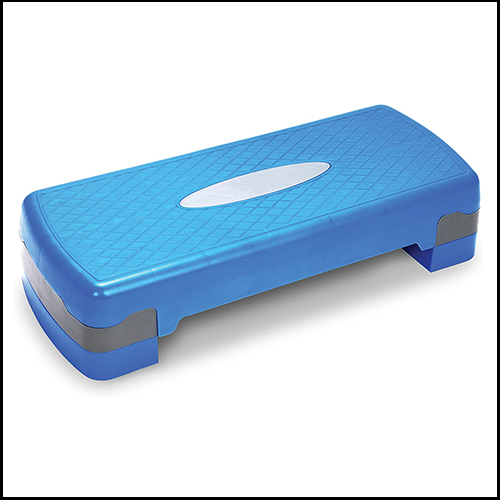- Used with crane weight for dynamometry
- 8 feet long and 1 inch wide
- 200 lb. working load limit
- 2 pack
- 200-lb. operating load
- 600 lb. potential
-
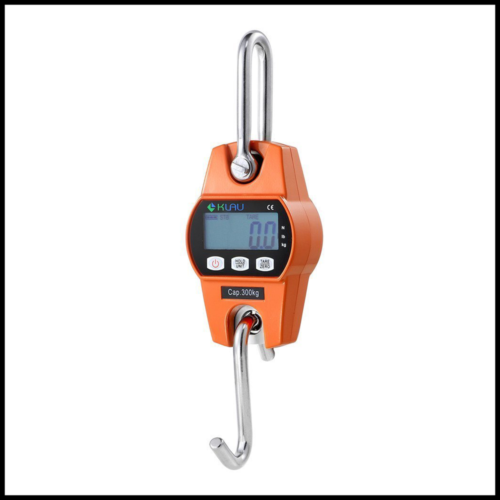 Package includes: 1 x Klau Mini Weighing Crane Scale 3 x AA Batteries Specs: Superb Quality: OIML R76, GB/T11883-2002 and ISO9001-2000 certified quality system. Great Safety: Quality stainless steel load receptor and an aluminum die-casting case for better safety. Newest Design: 0.79 inch LCD display with backlight with a visual distance over 10m.
Package includes: 1 x Klau Mini Weighing Crane Scale 3 x AA Batteries Specs: Superb Quality: OIML R76, GB/T11883-2002 and ISO9001-2000 certified quality system. Great Safety: Quality stainless steel load receptor and an aluminum die-casting case for better safety. Newest Design: 0.79 inch LCD display with backlight with a visual distance over 10m. -
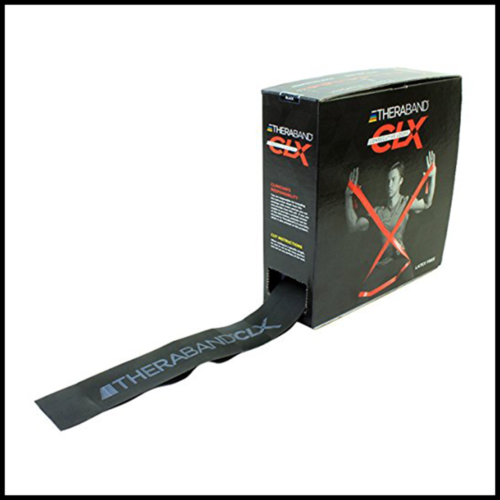
- Daisy chain loops perfect for sport specific movements
- Enables workouts such as simultaneous upper and lower body exercises and additional resistance for dumbbell training with the functionality and portability of a traditional resistance band
- Non-Latex CLX with no scent and no powder
- A variety of resistance level options with varied band colors ranging from 2.4 lbs to 21.3 lbs
-

- Daisy chain loops perfect for sport specific movements
- Enables workouts such as simultaneous upper and lower body exercises and additional resistance for dumbbell training with the functionality and portability of a traditional resistance band
- Non-Latex CLX with no scent and no powder
- A variety of resistance level options with varied band colors ranging from 2.4 lbs to 21.3 lbs
-
 Use this code to receive a discounted rate : TheClimbingDoc This continuing education course is hosted on the Medbridge platform. It will utilize the movement system as a framework to assess the biomechanics of throwing. You will learn how to classify scapular, humeral, and thoracic movement patterns as they relate to observation range of motion. You will then advance your movement assessment skills by learning the biomechanics and critical events of a throw. Based on your movement observations and biomechanics knowledge, you will then learn how to classify movement dysfunction and provide sport-specific treatments to correct inefficient movement.
Use this code to receive a discounted rate : TheClimbingDoc This continuing education course is hosted on the Medbridge platform. It will utilize the movement system as a framework to assess the biomechanics of throwing. You will learn how to classify scapular, humeral, and thoracic movement patterns as they relate to observation range of motion. You will then advance your movement assessment skills by learning the biomechanics and critical events of a throw. Based on your movement observations and biomechanics knowledge, you will then learn how to classify movement dysfunction and provide sport-specific treatments to correct inefficient movement. -
 This continuing education course is hosted on the Medbridge platform. It will utilize the movement system as a framework to assess the biomechanics of throwing. You will learn how to classify scapular, humeral, and thoracic movement patterns as they relate to observation range of motion. You will then advance your movement assessment skills by learning the biomechanics and critical events of a throw. Based on your movement observations and biomechanics knowledge, you will then learn how to classify movement dysfunction and provide sport-specific treatments to correct inefficient movement.
This continuing education course is hosted on the Medbridge platform. It will utilize the movement system as a framework to assess the biomechanics of throwing. You will learn how to classify scapular, humeral, and thoracic movement patterns as they relate to observation range of motion. You will then advance your movement assessment skills by learning the biomechanics and critical events of a throw. Based on your movement observations and biomechanics knowledge, you will then learn how to classify movement dysfunction and provide sport-specific treatments to correct inefficient movement. -
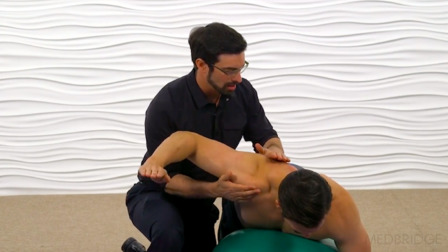 This continuing education course is hosted on the Medbridge platform. It will utilize the movement system as a framework to assess the biomechanics of swimming. You will learn how to analyze the four common swim strokes: freestyle, butterfly, breaststroke, and backstroke. You will then advance your movement assessment skills by learning how to integrate swim stroke assessment in the clinical environment. Based on your movement observations and biomechanics knowledge, you will then learn how to classify movement dysfunction and provide swim-specific treatments to correct inefficient movement.
This continuing education course is hosted on the Medbridge platform. It will utilize the movement system as a framework to assess the biomechanics of swimming. You will learn how to analyze the four common swim strokes: freestyle, butterfly, breaststroke, and backstroke. You will then advance your movement assessment skills by learning how to integrate swim stroke assessment in the clinical environment. Based on your movement observations and biomechanics knowledge, you will then learn how to classify movement dysfunction and provide swim-specific treatments to correct inefficient movement. -
 This continuing education course is a recorded webinar hosted on the Medbridge platform. This course incorporates biomechanical, movement, and sport-specific based assessments to analyze and treat the lower quarter athlete. Concepts utilized in the course include relative flexibility, quality and timing of muscle contraction, dynamometry, closed kinetic chain muscle testing, speed of force generation, cross-body assessments, anatomical slings, neuromuscular chains, dual vectors, and reflexive activation. After the course, you will have a greater understanding of how to integrate clinical movement-based assessments into sport-specific treatments.
This continuing education course is a recorded webinar hosted on the Medbridge platform. This course incorporates biomechanical, movement, and sport-specific based assessments to analyze and treat the lower quarter athlete. Concepts utilized in the course include relative flexibility, quality and timing of muscle contraction, dynamometry, closed kinetic chain muscle testing, speed of force generation, cross-body assessments, anatomical slings, neuromuscular chains, dual vectors, and reflexive activation. After the course, you will have a greater understanding of how to integrate clinical movement-based assessments into sport-specific treatments. -
 Watch as Dr. Jared Vagy, Doctor of Physical Therapy, University of Southern California teaching faculty, and international best selling author, takes you through the 10 most clinically relevant special tests for the shoulder. This course includes live patient demonstrations combined with anatomical representations of the affected tissues. The integration of test performance on live subjects combined with anatomical visualization helps you learn the special tests in a more dynamic way to aid in your understanding of anatomical relationships.
Watch as Dr. Jared Vagy, Doctor of Physical Therapy, University of Southern California teaching faculty, and international best selling author, takes you through the 10 most clinically relevant special tests for the shoulder. This course includes live patient demonstrations combined with anatomical representations of the affected tissues. The integration of test performance on live subjects combined with anatomical visualization helps you learn the special tests in a more dynamic way to aid in your understanding of anatomical relationships. -
 This course is a recording of a previously hosted live webinar event. Polling and question submission features are not available for this recording. Format and structure may differ from standard MedBridge courses. This course teaches you how to use the movement system to assess, diagnose and treat athlete movement dysfunction. The material is highly interactive with an emphasis on the practical application of principles covered in the course. Concepts utilized in the course include symptom modification procedures, dynamometry, anatomical slings, neuromuscular chains, dual vectors and reflexive activation.nt.
This course is a recording of a previously hosted live webinar event. Polling and question submission features are not available for this recording. Format and structure may differ from standard MedBridge courses. This course teaches you how to use the movement system to assess, diagnose and treat athlete movement dysfunction. The material is highly interactive with an emphasis on the practical application of principles covered in the course. Concepts utilized in the course include symptom modification procedures, dynamometry, anatomical slings, neuromuscular chains, dual vectors and reflexive activation.nt. -
 This continuing education course is hosted on the Medbridge platform. It will utilize the movement system as a framework to assess the biomechanics of throwing. You will learn how to classify scapular, humeral, and thoracic movement patterns as they relate to observation range of motion. You will then advance your movement assessment skills by learning the biomechanics and critical events of a throw. Based on your movement observations and biomechanics knowledge, you will then learn how to classify movement dysfunction and provide sport-specific treatments to correct inefficient movement.
This continuing education course is hosted on the Medbridge platform. It will utilize the movement system as a framework to assess the biomechanics of throwing. You will learn how to classify scapular, humeral, and thoracic movement patterns as they relate to observation range of motion. You will then advance your movement assessment skills by learning the biomechanics and critical events of a throw. Based on your movement observations and biomechanics knowledge, you will then learn how to classify movement dysfunction and provide sport-specific treatments to correct inefficient movement. -
 This course will teach you how to identify movement patterns, faulty alignment, and muscle imbalances in the lumbar spine by analyzing patient movement. You will learn how to use components of the movement system to classify patients with mechanical low back pain. Based on movement classifications, you will utilize corrective exercises to restore normal patient movement.
This course will teach you how to identify movement patterns, faulty alignment, and muscle imbalances in the lumbar spine by analyzing patient movement. You will learn how to use components of the movement system to classify patients with mechanical low back pain. Based on movement classifications, you will utilize corrective exercises to restore normal patient movement. -
 This course will utilize the movement system as a framework to assess the biomechanics of tennis. You will learn how to identify the critical events of the tennis serve, forehand, and backhand. You will then advance your movement assessment skills by integrating specific assessment techniques that correlate with each critical event. Based on your movement observations and biomechanics knowledge, you will then learn how to classify movement dysfunction and provide sport-specific treatments to correct inefficient movement.
This course will utilize the movement system as a framework to assess the biomechanics of tennis. You will learn how to identify the critical events of the tennis serve, forehand, and backhand. You will then advance your movement assessment skills by integrating specific assessment techniques that correlate with each critical event. Based on your movement observations and biomechanics knowledge, you will then learn how to classify movement dysfunction and provide sport-specific treatments to correct inefficient movement. -
 Virtual care delivery presents with unique organizational, practitioner, and patient benefits and barriers that do not exist within traditional in-person care. Effective use of telehealth requires the provider to recognize whether or not a patient is appropriate for telehealth, communicate the advantages and disadvantages with the patient, and understand how to resolve technical issues. The goal of this course is to address these challenges and provide clinicians with best-practice strategies to effectively incorporate telehealth into their care delivery.
Virtual care delivery presents with unique organizational, practitioner, and patient benefits and barriers that do not exist within traditional in-person care. Effective use of telehealth requires the provider to recognize whether or not a patient is appropriate for telehealth, communicate the advantages and disadvantages with the patient, and understand how to resolve technical issues. The goal of this course is to address these challenges and provide clinicians with best-practice strategies to effectively incorporate telehealth into their care delivery. -

- 3 pairs of dumbbells in 3-pound, 5-pound, and 8-pound sizes. Ideal for resistance and other trainings
- The durable, neoprene material coated cast iron is great for indoor and outdoor workouts
- Neoprene coating on weights allow for a secure grip. The hex shape of the dumbbells prevents them from rolling
- Easy to assemble. Weight stand is included. A assembly tool is included for your convenience too
- All genuine everyday essentials products are covered by a 2-year warranty
-

- You can use this 6-yard roll of Theraband to create both a “full length” and a “looped band.”
- Can be used at the crag, in the gym or at home
- Low-cost, portable, and versatile
- Endorsed by the American Physical Therapy Association (APTA), recognized worldwide as the original System of Progressive Resistance.
-

- High density expanded polypropylene with molded edges
- Extra firm – best for intermediate and above Ideal for balance, strengthening, flexibility, and rehab exercises
- Lightweight, easy to clean and transport
- Measures approximately 36 x 6 x 6 inches (LxWxH)
- Maintains shape after moderate to heavy use and is perfect for all body types




